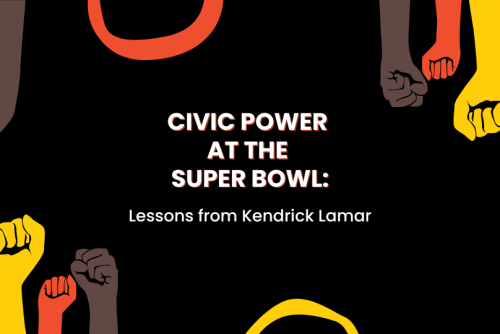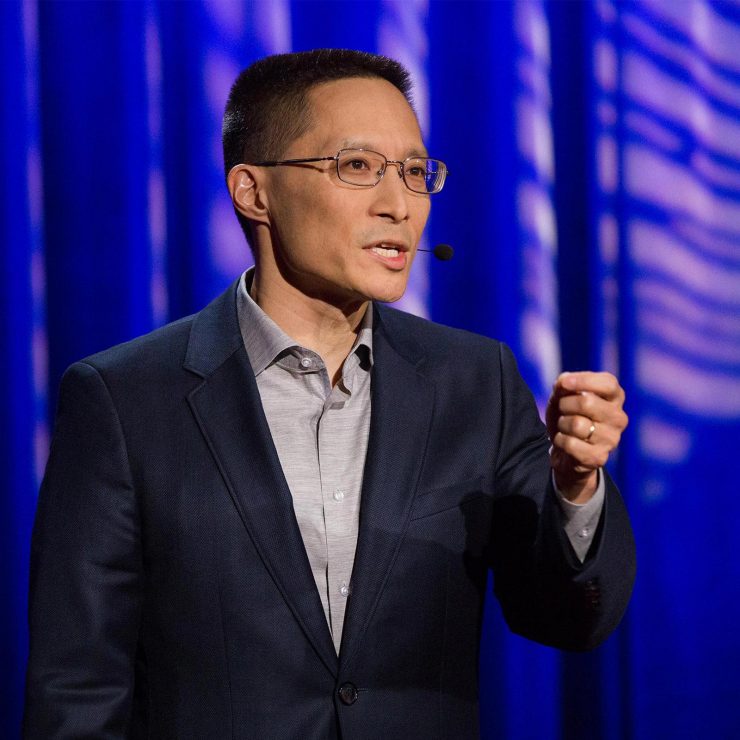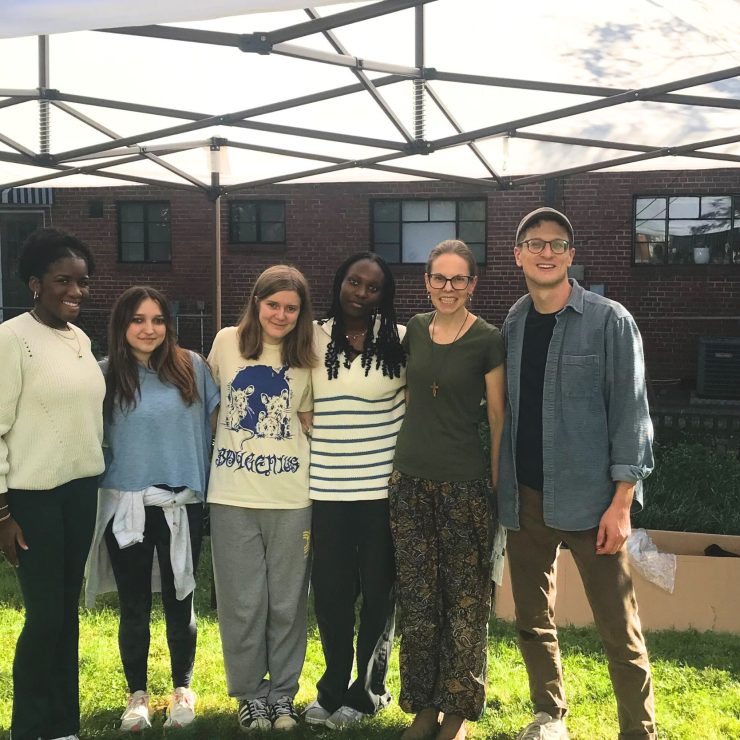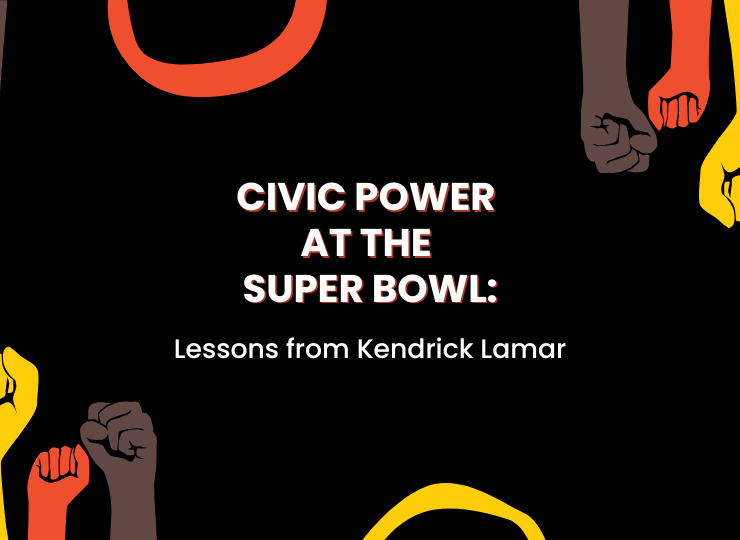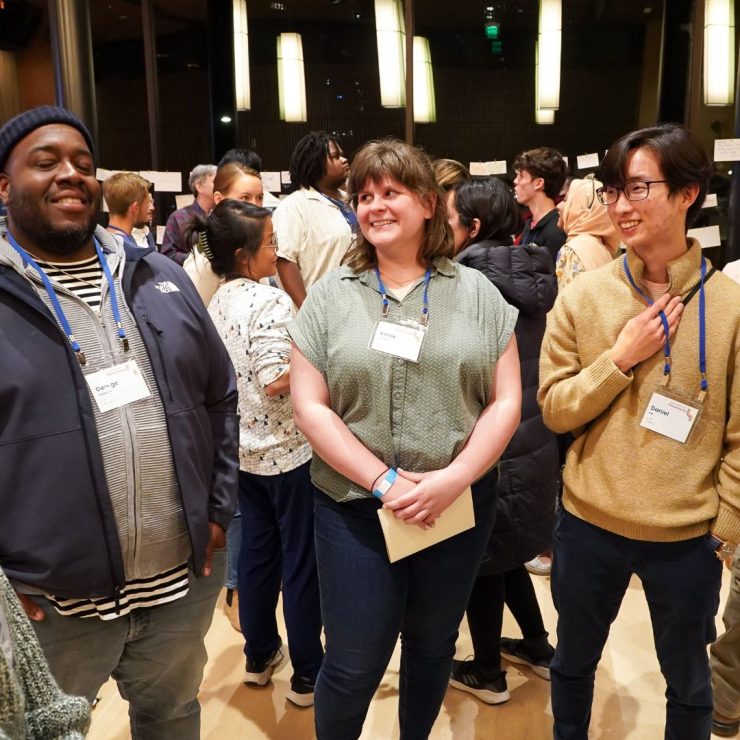Given the current political climate in the United States, executive orders issued by the Trump Administration, and the ridding of corporate DEI initiatives, the Black History Month theme, “African Americans and Labor,” is timely and relevant. Organizations like the NAACP are addressing inequity concerns, and through music, activism, and storytelling, Black artists are keeping the issues of racial and economic injustices in the forefront.
Recently, Kendrick Lamar was the first solo rapper to headline the Super Bowl halftime show, and he used his platform to spark dialogue about unity, Black labor struggles, and the contributions of Black people in American history.
Speaking of the halftime show… can we talk about it?
Yes, let’s get into it.
Kendrick Lamar’s Super Bowl halftime performance was the Black history lesson our nation needed—and the timing couldn’t have been more critical. Both highly anticipated and controversial, this show was monumental for many Black Americans nationwide.
But why?
Lamar’s performance wasn’t simply a spectacle produced to satisfy the penchant for entertainment. It was packed with symbolism, referencing the history of the enslavement of Black Americans, issues concerning the United States carceral systems, storytelling of the political and cultural divide in our country, and more. Through poetic rhymes, relevant subject matters, and intricate choreography, Kendrick Lamar did more than perform. He made history, delivering the most-watched Super Bowl halftime performance of all time. And with President Trump in the audience—the only sitting U.S. President to attend a Super Bowl game.
Why does this matter?
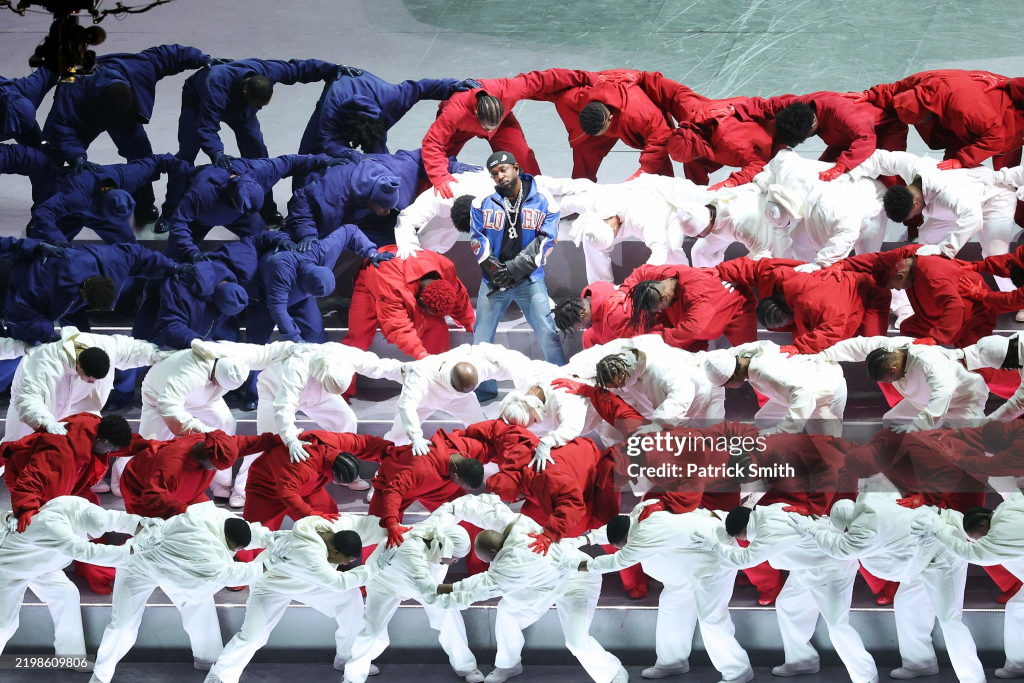
During the beginning of the show, Black dancers dressed in red, white, and blue sweatsuits surrounded Kendrick Lamar. They formed a living American flag, which held multiple meanings. As the performance unfolded, they split the flag in half, revealing Lamar in the center standing proudly, fearlessly, and for his culture.
Many people interpreted Lamar’s halftime performance as a major statement or protest to the leaders and institutions in power entrusted to protect its citizens. Ernest Crim III, award-winning educator, and Emmy-nominated producer, compared this moment to August Landmesser’s refusal to perform the Nazi Salute in 1936. Check out his take on Lamar’s visual statement.
Kendrick Lamar was also joined on the field by SZA, Serena Williams, Mustard, and widely discussed Samuel L. Jackson. Jackson made a cameo, appearing as Uncle Sam / Uncle Tom — a caricature born in the Antebellum South. He metrically interrupted the show to serve as an emcee, representing the pressures of succumbing to powerful political and media institutions. Delivering controversial lines, he challenged Kendrick Lamar’s subversive performance, pleading and scolding him to stick to the script of entertainment—and to play “The Great American Game.”
So, what can we take away from this performance?
At Citizen University, we believe that we all have the power to make change happen in our communities—and the responsibility to try. Kendrick Lamar made good use of this moment, harnessing his civic power to shed light on issues that have impacted the Black community for centuries. In 13 minutes, he delivered a performative, cultural analysis bringing attention to divisiveness, broken promises, and our country’s troubled past. He also showcased the power of unity and unapologetic authenticity, demonstrating how to use your platform to grapple with current challenges and spark a conversation—even at the risk of being controversial.
As a creative storyteller, I was inspired by Kendrick Lamar’s halftime show. He defied opposing expectations, took an artistic stance for his beliefs, and committed to actively participating and living like a citizen by using his power to encourage moral reflection.
I invite you to consider how the show can inspire you to use your power and platform—big or small—to advocate for changes in your community. If you are planning a gathering, create space for open dialogue about the history of Black labor in America and reflect on the next steps to addressing racial inequities.
Thinking about your role as a citizen? Beyond politics, consider how you can shape civic culture.
Do you want to dive deeper? Explore Nettrice Gaskins’ take for an analysis of the halftime show.
Black history is American history. Our democracy grows stronger when we acknowledge all of our past, commit to learning from it, and take an active role in shaping a future that works for us all.
Charisma C. Thomas is the Communications & Marketing Manager at Citizen University. She’s built a career working with purpose-driven brands who are motivated to make an impact and—for the lack of better words, want to do cool stuff.
